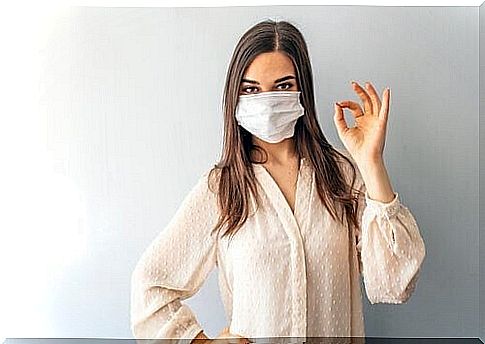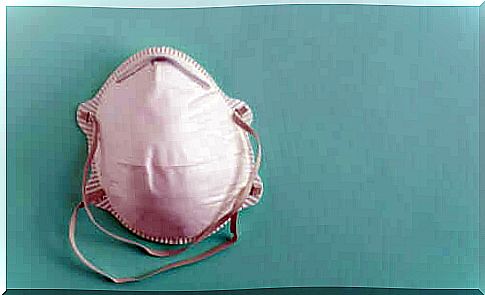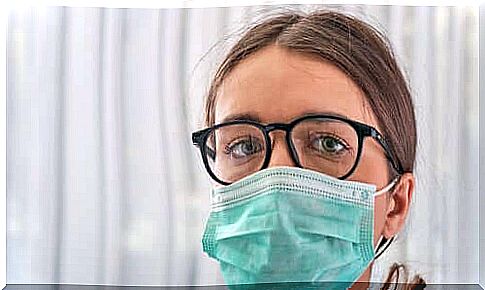Protective Masks: Do We All Have To Wear Them?

The need or not to wear protective masks against Coronavirus still raises many doubts. Both for the general population and for those who have to make a decision to this effect, the question is the same: protective equipment yes or no?
The World Health Organization itself intervened to clarify some points. The question seems to be resolved in some countries and regions, for example in Lombardy where an ordinance has made a mask or at least a scarf to cover the nose and mouth mandatory.
In any case, it is important to understand its correct use and, above all, which one to use in each context. As we have already understood, a surgical mask does not have the same value as a scarf, and not all masks are the same.
So let’s review the different types of face protection masks available to then see what the WHO says and what requirements must be met in order for the use of the mask to make sense.
As we already anticipate, not everyone must wear maximum protection, but rather surgical masks in some situations.
Types of Coronavirus protective masks
Mask yes or no? Of course, the first thing is to abide by regional ordinances; if they are compulsory to circulate, the matter is closed. However, covering your nose and mouth with a DIY, surgical or ffp3 mask is not the same.
The cloth masks are made of non-filtering material although they manage to reduce the dispersion of respiratory droplets into the environment. That is to say, they do not protect the wearer.
Then we have the surgical masks, the classic rectangle with folds and elastic to hook behind the ears. Also in this case the filtering function is absent. As with the former, they do not protect us from contagion, but reduce the dispersion of respiratory droplets. It is therefore a physical barrier.
Finally, the filter masks are classified into three groups according to the filtering capacity. The first level of protection is indicated by the abbreviation FFP1 and is unable to block viral particles. The second and third level, FFP2 and FFP3 respectively, are indicated to prevent contagion since they have a filtering capacity that varies between 92 and 98%.

What does the WHO recommend?
The World Health Organization has drawn up a document containing advice on the use of masks during the COVID-19 pandemic. This handbook is gradually modified on the basis of new discoveries.
The WHO has made it clear that so far there is no scientific evidence to prove the efficacy of protective masks in the general population. This does not mean that its use is discouraged, but rather that there are no specific searches.
Ideally we should use homemade masks in order not to end the availability of protective devices necessary for the most exposed categories. Both surgical and filter masks are limited and in some geographic areas they are scarce. Priority must be given to the health professions.
In other words, WHO advises governments not to make compulsory use widespread until stocks are guaranteed for health workers. Likewise, it is imperative to spread a strong advertising campaign for proper use.

Also read: Protecting cardiovascular health in quarantine
Use of surgical masks
Protective masks have a correct method of use, on which their effectiveness largely depends.
The way in which we remove the mask when returning to the house, for example, is fundamental. Do not touch the part in contact with the mouth and nose. Also, it’s best to always leave it in the same spot in the house.
If the mask has become wet with your breath, it should be discarded, unless it is washable. Humidity reduces the filtering capacity against respiratory droplets. Likewise, you don’t have to wear the same surgical mask to access different environments. It is recommended that you have at least two alternatives.
The mask must cover both nose and mouth as both cavities can emit respiratory droplets.
Coronavirus face masks: who should wear them?
If our region makes the use of surgical masks mandatory, we must wear them, but it is important to understand how they are used and why. Their main purpose is to reduce the circulation of respiratory droplets, but they do not protect against infection, being a simple physical barrier.









